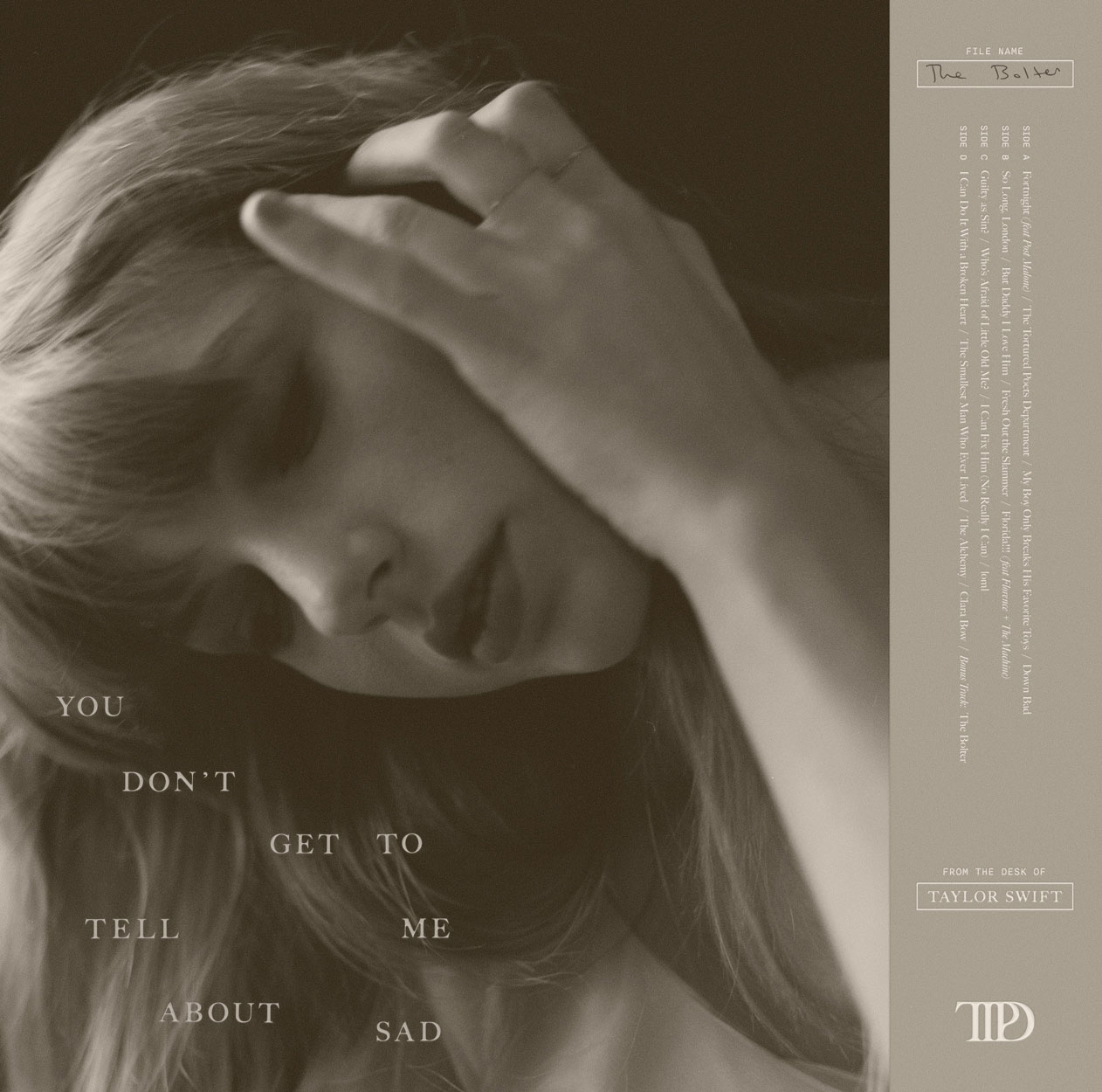Welcome to the Tortured Poets Department, where we explore the fascinating world of poets whose struggles and torments have shaped their art. From personal anguish to societal pressures, we delve into the motives behind their pain and how it manifests in their writing.
The act of writing poetry becomes a cathartic outlet for these tormented souls, allowing them to express and process their emotions. We analyze the therapeutic benefits of this creative process and its impact on their well-being.
The Tormented Poets
The archetype of the “tortured poet” has been a staple in literary history for centuries, captivating readers with their raw emotions, introspective nature, and often tragic fates. These poets are characterized by their intense suffering, both physical and emotional, which they pour into their art, creating works that resonate with profound depth and vulnerability.
Common themes associated with tormented poets include love, loss, existential angst, and the search for meaning in a chaotic world. Their poetry often explores the darker aspects of human experience, delving into the depths of despair, madness, and heartbreak. They grapple with questions of identity, purpose, and the nature of existence, expressing their inner turmoil through powerful imagery and evocative language.
Exploring the Motives Behind the Torment

The torment experienced by poets is often a driving force behind their creative output. Various factors contribute to this torment, including personal experiences, societal pressures, and the creative process itself. Understanding these factors provides insight into the themes and imagery found in their poetry.
Personal Experiences
Personal experiences can significantly shape a poet’s perspective and writing. Traumatic events, loss, and emotional struggles often find expression in their work. By exploring these experiences, poets attempt to make sense of their own suffering and connect with others who have endured similar pain.
- Sylvia Plath: Her poetry often reflects her struggles with depression and mental illness, drawing upon her personal experiences with loss and suicide.
- Pablo Neruda: His work is marked by themes of love, loss, and the political turmoil he witnessed in his native Chile.
Societal Pressures
Societal pressures can also contribute to the torment experienced by poets. Expectations, censorship, and the need to conform can stifle their creative expression and lead to feelings of isolation and alienation.
If you’re looking for a place where the tortured poets congregate, look no further than the tortured poets department . This is where the wordsmiths gather to share their pain and passion, their love and loss, and their hopes and dreams.
The tortured poets department is a place where the written word is revered, and where the poets are free to express themselves without judgment.
- Walt Whitman: His early work faced criticism for its unconventional style and celebration of sexuality, leading to periods of depression and self-doubt.
- Anne Sexton: Her poetry often explored taboo subjects, such as mental illness and female sexuality, challenging societal norms and sparking controversy.
The Creative Process
The creative process itself can be a source of torment for poets. The struggle to find inspiration, the frustration of writer’s block, and the relentless pursuit of perfection can take an emotional toll.
- William Blake: His visionary poetry was often accompanied by intense emotional and psychological turmoil, as he grappled with the complexities of human existence.
- Federico García Lorca: His work is characterized by a surreal and dreamlike quality, reflecting his own exploration of the subconscious and the irrational.
The Creative Process as a Cathartic Experience

Writing poetry can be a cathartic experience for poets, providing a safe and expressive outlet for their emotions. Through the act of writing, they can process and release intense feelings, gain a deeper understanding of their experiences, and find solace and healing.
Emotional Expression and Release
Poetry allows poets to express a wide range of emotions, from joy and love to anger, sadness, and despair. By putting their feelings into words, they can give them shape and form, making them more manageable and less overwhelming.
Cognitive Processing
Writing poetry also facilitates cognitive processing. By reflecting on their experiences and emotions through the lens of poetry, poets can gain a deeper understanding of their motivations, beliefs, and values. This process can lead to personal growth, increased self-awareness, and a sense of resolution.
Therapeutic Benefits
The therapeutic benefits of writing poetry are well-documented. Studies have shown that it can reduce stress, improve mood, and promote emotional well-being. By engaging in creative expression, poets can find a sense of purpose and meaning, and improve their overall mental health.
The Impact of the Tormented Poets on Society

Tormented poets have left an enduring mark on literature and culture, shaping our understanding of human emotions and the human condition. Their works continue to resonate with readers today, offering insights into the depths of human suffering and the resilience of the human spirit.
Influence on Literature and Culture
The tormented poets’ exploration of extreme emotions and psychological turmoil has influenced generations of writers. Their works have inspired new literary genres, such as Gothic literature and Romanticism, and have provided a rich source of material for playwrights, novelists, and poets.
- Gothic literature:The tormented poets’ focus on the dark side of human nature and the supernatural influenced the development of Gothic literature, which explored themes of horror, mystery, and the uncanny.
- Romanticism:The tormented poets’ emphasis on emotion, imagination, and the individual experience paved the way for Romanticism, a literary movement that celebrated the beauty of nature and the power of human creativity.
Shaping Our Understanding of Human Emotions
The tormented poets’ ability to articulate the complexities of human emotions has had a profound impact on our understanding of ourselves. Their works have helped us to recognize and empathize with a wide range of emotions, from love and joy to grief and despair.
- Catharsis:The tormented poets’ works offer a cathartic experience for readers, allowing them to release their own pent-up emotions and gain a deeper understanding of their own humanity.
- Empathy:By exploring the experiences of tormented souls, the tormented poets have helped us to develop empathy for those who suffer from mental illness, addiction, and other forms of adversity.
Resonance with Readers Today
The tormented poets’ works continue to resonate with readers today because they offer a timeless exploration of the human condition. Their insights into the nature of suffering, love, and loss speak to the universal experiences of humanity.
- Timelessness:The tormented poets’ themes of love, loss, and the search for meaning are timeless and continue to resonate with readers of all ages and backgrounds.
- Personal connection:The tormented poets’ ability to articulate the complexities of human emotions allows readers to connect with their own experiences and find solace in the words of others who have suffered.
Case Studies of Tormented Poets
The archetype of the tormented poet finds expression in numerous individuals throughout history. These poets’ personal struggles, creative processes, and the impact of their work on society offer insights into the complex relationship between suffering and artistic creation.
Sylvia Plath
Sylvia Plath’s poetry is characterized by its intense emotional rawness and exploration of themes such as depression, suicide, and female identity. Her personal life was marked by mental illness and a tumultuous relationship with her husband, Ted Hughes. Plath’s poetry often reflects her own struggles, offering a cathartic outlet for her pain and a means of confronting her demons.
- Personal Struggles:Plath battled depression and suicidal thoughts throughout her life. Her experiences in mental institutions and her eventual suicide at the age of 30 have become integral to the mythology surrounding her work.
- Creative Process:Plath’s writing process was often cathartic, as she used poetry to express her emotions and grapple with her inner turmoil. Her poems are known for their vivid imagery, confessional nature, and exploration of dark and taboo subjects.
- Impact of Her Work:Plath’s work has had a profound impact on society, inspiring countless artists and writers. Her poetry has been praised for its honesty, intensity, and its ability to give voice to the often-unspeakable experiences of mental illness and female suffering.
Edgar Allan Poe, Tortured poets department
Edgar Allan Poe is another iconic figure within the archetype of the tormented poet. His work is known for its macabre and atmospheric qualities, exploring themes of death, loss, and the supernatural. Poe’s personal life was also marked by tragedy and misfortune, which influenced his writing and contributed to his reputation as a tortured soul.
- Personal Struggles:Poe faced numerous personal challenges, including the loss of his parents at a young age, financial instability, and addiction to alcohol. These experiences shaped his worldview and informed the dark and melancholic nature of his writing.
- Creative Process:Poe’s writing process was often driven by his own fears and obsessions. He experimented with different forms of poetry and prose, creating works that are both haunting and psychologically complex.
- Impact of His Work:Poe’s work has had a significant impact on American literature and beyond. His stories and poems have been adapted into numerous films, television shows, and other artistic forms. His writing has influenced generations of writers and continues to be celebrated for its atmospheric qualities and exploration of the human psyche.
The Legacy of the Tormented Poets: Tortured Poets Department
The tormented poets have left an enduring legacy in literature and beyond. Their works have profoundly influenced subsequent generations of writers and artists, shaping our understanding of the human experience.
There is this particular clique known as the “tortured poets department,” which is typically made up of creatives who struggle with mental health issues and find solace in expressing their emotions through art. Tortured poets department serves as a haven for these individuals, providing them with a sense of belonging and understanding.
Influence on Subsequent Generations
The tormented poets’ raw and honest expressions of pain and suffering have resonated with countless individuals, inspiring them to explore their own emotions and experiences through creative expression. Their works have encouraged writers to delve into the darker aspects of human nature and to confront difficult truths.
Last Point
The legacy of tortured poets extends beyond their lifetimes, influencing generations of writers and artists. Their works continue to resonate with readers today, offering insights into the human condition and the power of expression through adversity.
Essential Questionnaire
What defines a tortured poet?
Tortured poets are those whose personal struggles and emotional turmoil find expression in their writing, often resulting in raw and intense poetry.
How does writing poetry help tormented poets?
Writing poetry provides a cathartic outlet for tormented poets, allowing them to process and express their emotions, thereby finding solace and healing.